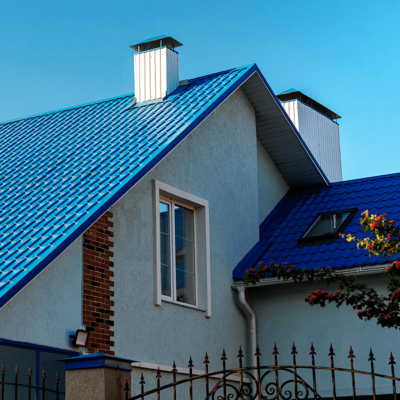It’s no secret that attics can get hot during the summer. Without any heating, ventilation and cooling (HVAC) supply vents, they won’t receive cool and conditioned air. As a result, heat will build up inside of attics.
There are ventilation systems, however, that are designed specifically for attics.
What Is Attic Ventilation?
Attic ventilation refers to any system that’s used to move stagnant air out of an attic and fresh air into an attic.
Attic ventilation systems aren’t necessarily connected to an HVAC system. Even if you have an attic ventilation system in your home, it won’t supply your attic with cool and conditioned air.
Nonetheless, it can regulate your attic’s temperature during the summer by allowing stagnant air to escape and fresh air to enter.
Benefits of attic ventilation include the following:
- Lower cooling costs during the summer
- Protection from moisture and humidity damage
- Prolongs the life of roofing materials, such as shingles
- Improves HVAC performance
How a Typical Attic Ventilation System Works
Although there are different types, most attic ventilation systems consist of two types of vents: exhaust and intake.
Exhaust vents live up to their namesake by exhausting stagnant air from the inside of an attic to the outside. They are installed at the highest part of the roof covering an attic.
Intake vents, on the other hand, work in the opposite way. Intake vents allow fresh outdoor air to enter an attic. You can find intake vents around the perimeter of the roof covering an attic, typically under the eaves.
Attic Ventilation Fans
There are also attic ventilation fans that you can use to regulate the temperature of your home’s attic.
They aren’t as common as traditional vent-based ventilation systems. Nonetheless, some homeowners prefer an attic ventilation fan.
An attic ventilation fan is a type of fan that’s used to assist with the ventilation of an attic.
They typically feature an electric motor that, when turned on, spins the fan’s blades. Attic ventilation fans essentially force air into and out of an attic. They are usually installed in conjunction with intake and/or exhaust vents.
If your attic feels hot and muggy during the summer, it may suffer from poor ventilation.
Attics require ventilation to protect against hot temperatures and high humidity. With a ventilation system, problems such as these aren’t a concern. An attic ventilation system will move air into and out of your attic.
If you are experiencing a problem with your air conditioning or heating call us at 512-336-1431 to schedule an appointment. We’ll be glad to come out and take a look at the issue.
1431-183 A/C & Heating proudly serves Round Rock, Georgetown, Cedar Park, Pflugerville, Leander, Liberty Hill, and North Austin.

